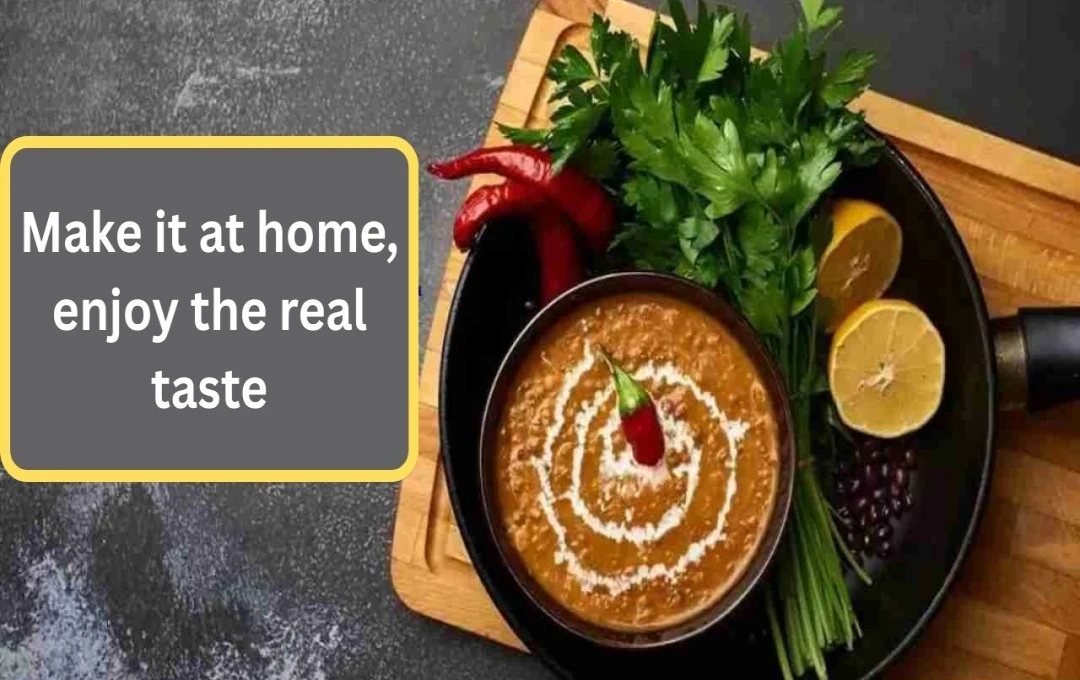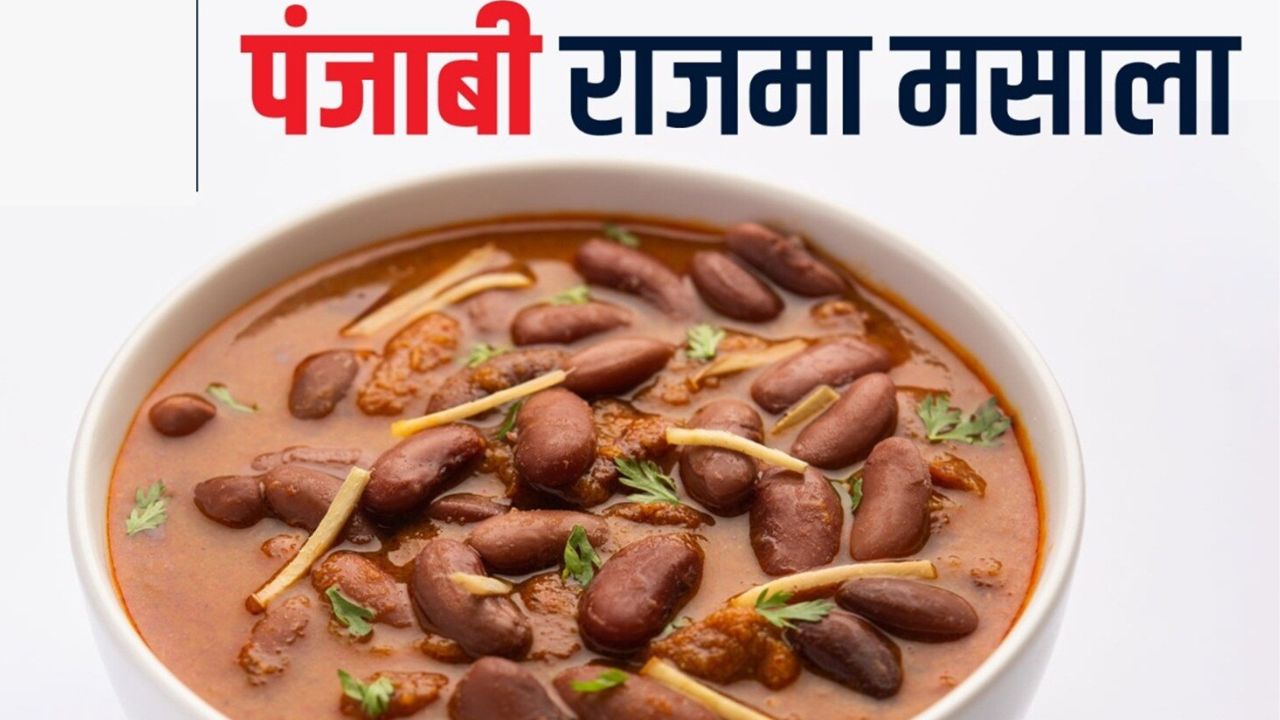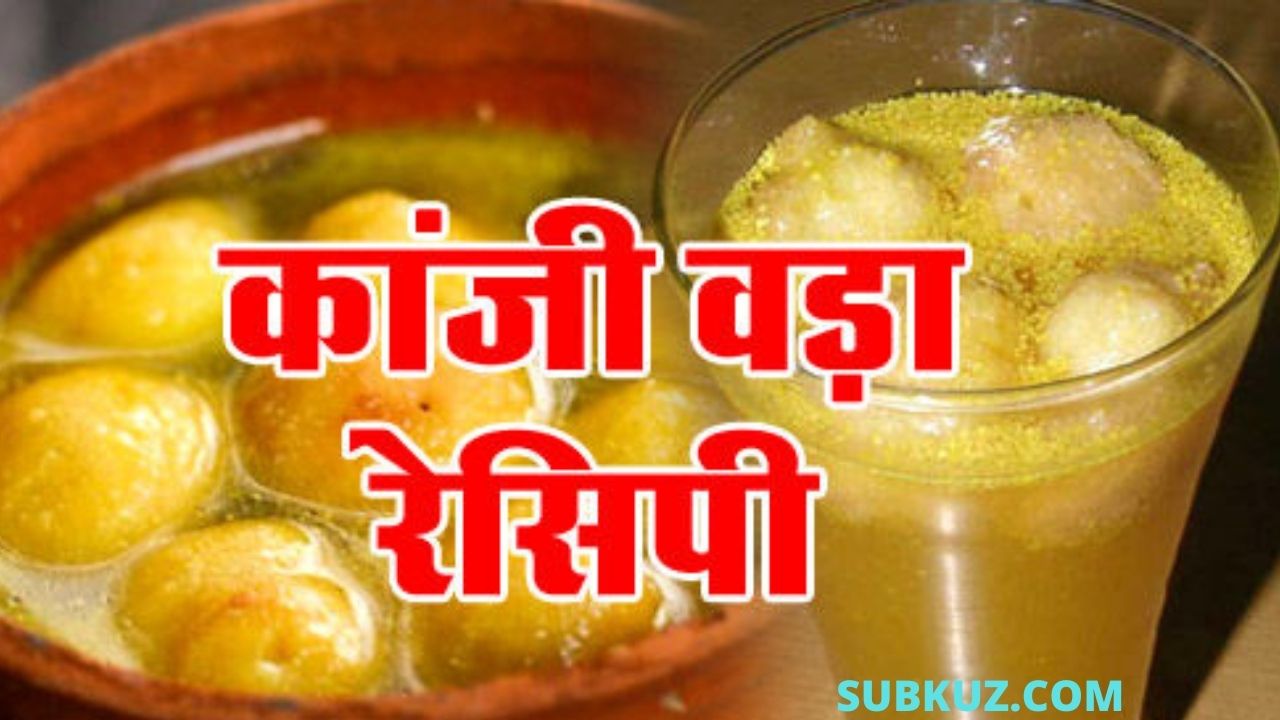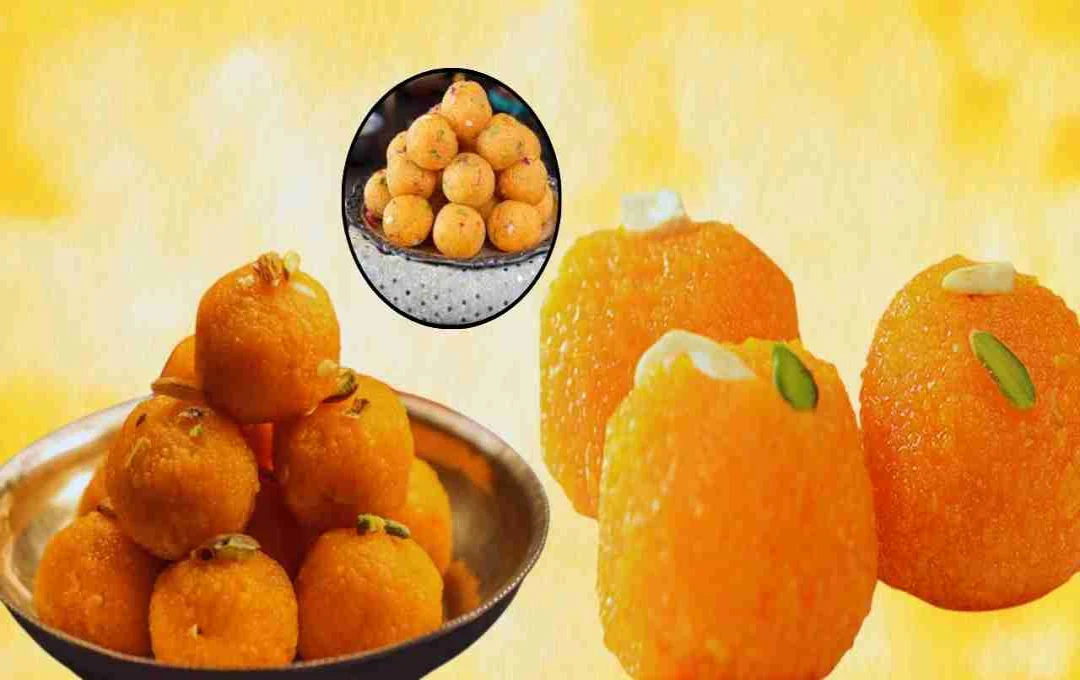Make restaurant-style Punjabi Dal Makhani at home with these easy steps. This recipe delivers a creamy texture, flavorful taste, and restaurant-quality aroma – all using everyday kitchen ingredients.
If you're tired of the usual simple dal and vegetables and crave something special, flavorful, and rich, Punjabi-style Dal Makhani is the perfect option. This dish is as tasty as it is healthy. The best part is that it's not difficult to make; it just requires a little preparation.
Today, we'll share an easy and delicious Punjabi Dal Makhani recipe that you can try for lunch or dinner. Whether you have guests or want to make a family dinner special, this dish is a sure hit.
What is Dal Makhani?
Dal Makhani is a traditional Punjabi dish primarily made from whole black lentils (urad dal) and kidney beans (rajma). It uses plenty of butter and cream, making its taste richer and creamier. It's usually served with butter naan, tandoori roti, or plain rice.
Ingredients for Punjabi Dal Makhani
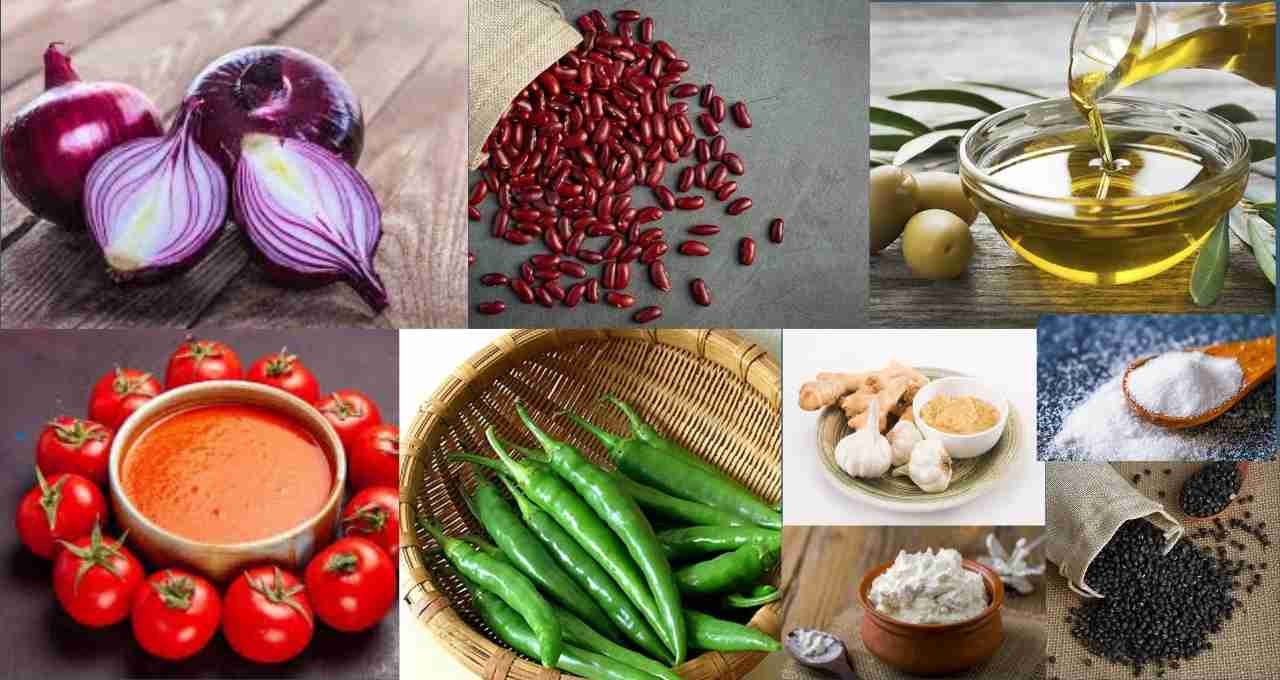
This dish doesn't require any special or expensive ingredients. These items are commonly found in every kitchen:
- Kidney beans (rajma) – 2 tablespoons (soak overnight in water)
- Whole black lentils (urad dal) – ½ cup (also soak overnight in water)
- Salt – to taste
- Red chili powder – 1 teaspoon
- Ginger paste – ½ teaspoon
- Garlic paste – ½ teaspoon
- Butter – 4 tablespoons
- Oil (any cooking oil) – 1 tablespoon
- Onion – 1 large (finely chopped)
- Green chilies – 2 (chopped)
- Tomato puree – ½ cup
- Garam masala powder – 1 teaspoon
- Fresh cream – ½ cup
Easy Punjabi Dal Makhani Recipe – Step by Step
If you want to make something special and flavorful, Punjabi Dal Makhani is an excellent choice. It's as easy to make as it is delicious to eat.
- Step 1: Soaking the dal and rajma: First, soak the rajma and urad dal in water overnight. This step is crucial as it softens the lentils and allows them to cook faster.
- Step 2: Pressure cooking: In the morning, add the soaked dal and rajma to a pressure cooker with 4 cups of water. Add a little salt and half a teaspoon of ginger-garlic paste. Then cook on medium heat until 4-5 whistles. The dal should be well cooked and soft.
- Step 3: Simmering: Once the pressure releases and you open the lid, simmer the dal on low heat. Gradually add half the cream, stirring continuously. This will make the dal creamier and richer.
- Step 4: Tempering: Heat butter and a little oil in a pan. Add the remaining ginger-garlic paste and sauté lightly. Then add the finely chopped onion and cook until golden brown.
- Step 5: Adding tomatoes and spices: Now add green chilies, tomato puree, and red chili powder to the pan. Cook the spices until the oil separates. This step is crucial for the flavor.
- Step 6: Combining dal and spices: Now add the prepared spices to the cooked dal. If the dal seems too thick, add a little warm water. Add garam masala powder and salt to taste.
- Step 7: Final touch – cream and butter: Finally, add the remaining cream and a tablespoon of butter to the dal. Simmer for 2-3 minutes on low heat. Your restaurant-style Punjabi Dal Makhani is ready!

Tips for Making Dal Makhani Even More Delicious
- Cook the dal on low heat: The slower you cook the dal, the better and thicker the taste will be. So, take your time.
- Use malai instead of cream: If you don't have store-bought cream, no problem! You can use homemade malai (cream). This will make the dal even more authentic and creamy.
- Sauté the spices and tomatoes well: When you cook the onions, tomatoes, and spices, cook them until the oil separates. This gives the dal a restaurant-like delicious taste.
- Don't forget to garnish with cilantro: Once the dal is ready, garnish it with finely chopped cilantro. This will make the dal look good and add freshness to the taste.
With this easy, authentic, and flavorful Punjabi Dal Makhani recipe, what are you waiting for? Make it today and give your family a delicious Punjabi experience.
